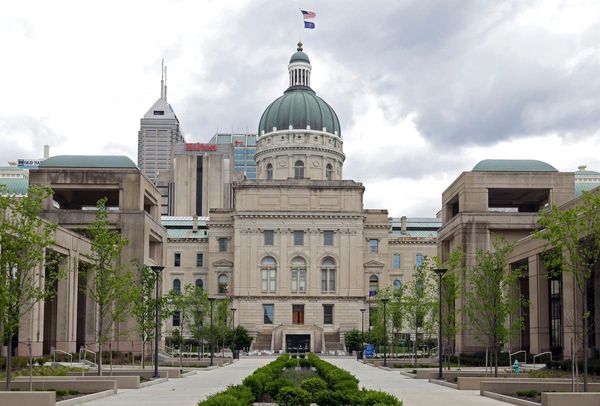
This ‘riveting’ exhibition at Somerset House explores the representation of the black female body in art
The representation of the black female body in art is a “complicated” topic, to say the least, said Waldemar Januszczak in The Sunday Times. It is “a fiery stew of big issues” – of sexual, racial and colonial politics – which are all explored in this “riveting” exhibition. “Black Venus: Reclaiming Black Women in Visual Culture” examines “the image of the black woman in art” using works by 18 black artists, as well as a wealth of archival material. It looks at the way in which black women have responded to their historical subjugation, fetishisation and objectification through art, and how they have reclaimed their own image. It is an “accusatory” exhibition, but also an “involving” one that never once settles into “an obvious path”. Above all, “it proves how many talented black women artists are at work, how potent they are, and how interesting”. In short, “what a good show”.
The exhibition begins by showing us “shameful” examples of the ways in which black women were objectified by Europeans, said Maya Jaggi in the FT. Perhaps the most “disturbing” of these is the story of Saartjie Baartman, a South African Khoikhoi woman with prominent buttocks who was shown off as “a prurient curiosity”, in freak shows across Europe in the early 19th century. The US artist Renee Cox responds to Baartman’s plight with a 1994 self-portrait in which she wears “prosthetic breasts and buttocks like armour” to “disturbing” effect. Elsewhere, Barbados’s Alberta Whittle’s photo-collage “C is for Colonial Fantasy” (2017) gives us an image of a woman in a bikini with holes “gouged into the photograph around her vulva” as “huge, voyeuristic blue eyes” stare down from her flanks. While successfully communicating “the often grotesque misrepresentation of black women in Western art”, the show frequently “falls short”: for one thing, its preference for art created in the past 30 years underplays the contributions made by many black women artists in earlier decades.
Still, there’s a wonderful range of images here that challenge the stereotype of black women as “exotic, other, hypersexual, mysterious”, said Laura Cumming in The Observer. One of the earliest retorts is a “quiet and dignified” photograph of Florestine Perrault Collins, born in New Orleans in 1895, who initially worked as a photographers’ model before setting up her own studio. As we get closer to the present day, there are the late Scottish-Ghanaian artist Maud Sulter’s self-portraits as a black Jacobin and a black muse. “Especially startling” are the prints of the young British ceramicist Shawanda Corbett, who is both “here and not here” with her face “masked in white clay slip”. This “unusual” exhibition is a delight, full of works that display a “high and defiant intelligence”.
Somerset House, London WC2 (020-7845 4600, somersethouse.org.uk). Until 24 September







